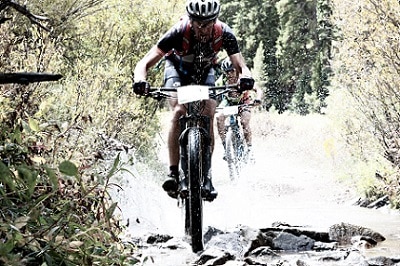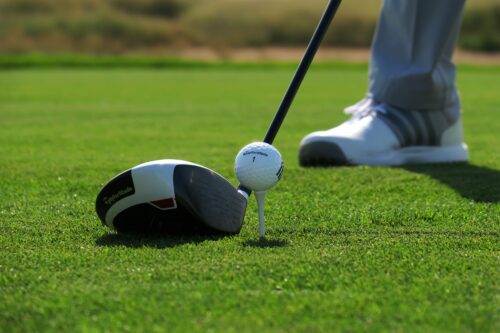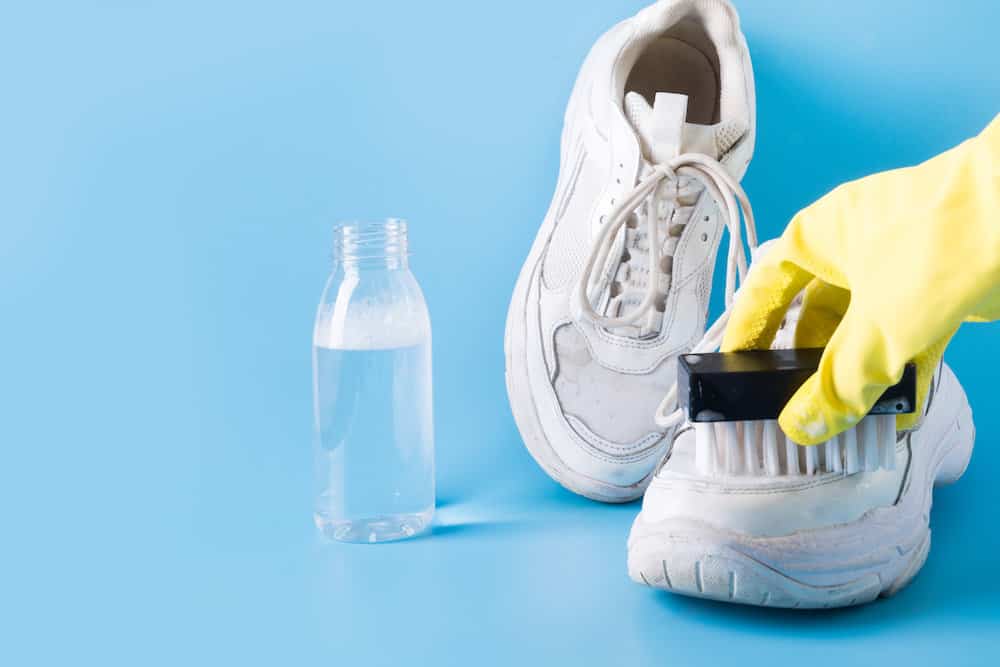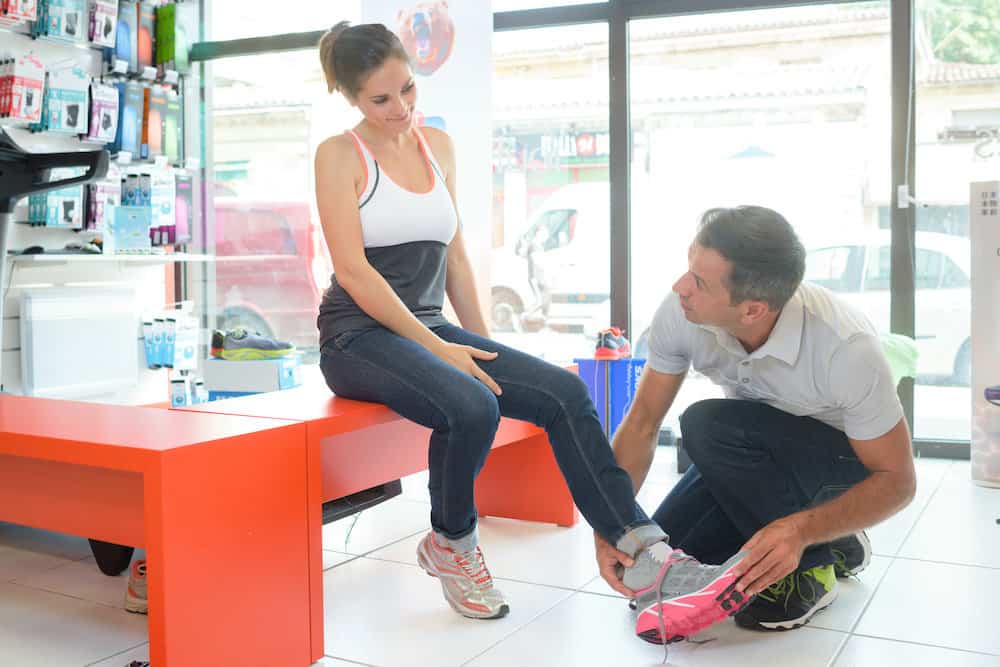Did you know that only one-quarter of cyclists that sustained head injuries in a crash survive? Did you also know that 97% of riders not wearing a helmet do not survive a head collision? These are some of the statistics that stress the importance of a cyclist wearing headgear both on and off the road. Below are important bike helmet safety facts that every bicyclist should know to stay safe.
Fact 1: Components That Enhance the Of Safety of a Bike Helmet
A bike helmet has various components geared toward keeping the rider safe. These include:
- The helmet’s construction
- The field of vision
- Retention system
- And its shock absorption features
All these parts should have certification for use by the country’s cyclist safety regulator such as the U.S. Consumer Product Safety Commission. The significant bike helmet safety facts aim at keeping these components functioning all the time.
Fact 2: Functionality
In the event of a collision, the bike helmet takes in the impact force and redistributes it over a larger surface area. It also creates a physical barrier between the skull and the point of impact. Finally, safe headgear will lessen the physical brain movement due to the vibrations emanating from the collision. By doing these three critical functions, the bike helmet protects the head from injury.
The UK EN1078 standard requires all bike helmets to have a construction that can withstand impact comparable to a cyclist riding at a speed of 12mph. There are other bike helmets with a multidimensional impact protection system (MIPS). Such bikes are designed to endure greater impact especially resulting from a collision with a high speeding vehicle. Furthermore, the UK EN1080 standard requires children’s helmets to have chain straps that snap off upon impact. Such chain straps will neither accidentally choke nor strangle the child.

Fact 3: Proper Use of a Bike Helmet
After getting the right fitting bike helmet, you should wear it to lie level on the head, a few inches above the eyebrows. The buckles should pass across the center of the chin. The helmet’s chin straps are more straightforward to adjust before wearing the headgear. The side straps tie to form a V-shape in front of the ears and around the chin.
Run one or two fingers between the straps and the jaw to ensure that they have a snug fitting. Overall, the bike helmet must fit comfortably on the head, shielding the forehead from an impact.
Fact 4: Replacing a Bike Helmet
A bike helmet needs replacement after a crash or a significant impact. The helmet liners function like airbags. Hence, they absorb the impact and get destroyed in the process. It does not matter whether you can see the physical damage on the helmet or not.
This replacement is necessary since the compromised helmet liners put the rider at risk of injury should he/she be involved in a second crash. Other factors that will require you to consider replacing the bike helmet include exposure to excessive heat or UV light, worn-out straps and buckles, cracked shells, and indented foam liners.
Fact 5: Bike Helmet Care and maintenance
Clean the helmet alongside its removable pads with mild detergents free from any chemical solvents. Store the clean bike helmet in a cool, dry place. Avoid subjecting the headgear to excessive heat. High temperatures tend to create bubbles in some of the helmet’s parts, hence damaging them.
As much as possible, avoid sharing your bike helmet. This prevents hygiene problems. You are also in a position to monitor the kind of impact the headgear undergoes over time.
Minimize subjecting the helmet to needless slams. The frequent dropping of the headgear to the floor, for example, will reduce the helmet’s effectiveness in keeping you safe.
Avoid using decorative paint on the helmet. Minimize the amount of hair oil, lotion, or facial makeup application when you intend to wear the bike helmet. Chemicals found in cosmetics tend to degrade the headgear or cause too much sweating which is not good for the helmet’s inner lining.
Avoid attaching any extra equipment like cameras to the bike helmet. Such accessories put a strain on the adhesive mounts, hence compromising safety should an accident occur.

Bike Helmets Safety Facts FAQs
- After how long should one replace a bike helmet if it has never had any significant impact?
- Most manufacturers recommend replacing your bike helmet after every five years. However, you should also be on the lookout for any wear and tear that can compromise the safety functions of the headgear.
- Are bike helmets with more safety features sold at a premium price?
- No. The price of the bike helmet is not related to how safe the headgear is. A highly priced headdress may have a classy construction or be of expensive materials with the same safety functionalities as an averagely priced bike helmet.
- Is it mandatory to wear a bike helmet when riding a bicycle in the US?
- No. Not all countries require bikers to wear a helmet when riding a bicycle. However, some states like California and Florida have regulations that govern the use of bike helmets by minors. These states put an age limit of either 18 years or 12 years and below for children who must have headgear when cycling.
- Is it okay to buy a slightly larger helmet for a child to accommodate his/her growing head?
- No. It is not okay. All helmets, including those for children, should have a snug fit. A loose headgear will compromise the child’s safety. It also tends to come off or expose a section of the skull on impact. If you have a slightly larger helmet for a child, use cycling pads and a beanie underneath it to achieve a proper fit.
- If I have to use bike helmets all the time, does that mean that cycling is a dangerous activity?
- No. Recreational riders face an average risk. They must, however, observe all the road rules to stay safe. Racing cyclists, such as those involved in mountain biking races, have additional equipment that they are obliged to wear to protect themselves.
Conclusion
It is better to prevent a crash than to suffer the consequences of a possible accident. If bikers, therefore, had hindsight about a potential collision, they are better off avoiding it in the first place. Since such hindsight is rare to come by, bikers are safer when they practice wearing a bike helmet from an early age. These helmets save lives. Cyclists who understand these bike helmet safety facts will tend to avoid simple mistakes that compromise their safety. Bike helmets save lives.














Are there any form of difference in the absorption features for different helmets or irrespective of the helmet the absorption level remains equal and the same? I prefer to change my helmet every three year, and I make sure to archive the used ones for references. Thanks for facts you provided at the beginning of this post, it was quite catchy!
Thanks
Hi, Salim and thank you.
First of all, it is an excellent tradition to change the helmet regularly as you do. I recommended to do it no later than every five years but do it each three years as you do great.
About your question, very interesting view, I haven´t found that there are a difference in absorption feature between helmets but can´t decline it either. But having in mind that there is a definite quality stranded each helmet much have so I believe it should not be at least significant difference.
If I can help you with anything else, or if you have any questions, don´t hesitate to contact me.
Great article. Here in Australia it is a legal requirement that all persons riding bikes on the road must wear a helmet. This causes great debate on whether they are really necessary and the police cop a flogging on social media whenever they dare fine someone for riding without a helment on. I live in a small beach community where the local kids never wear them and the local police tend to turn a blind eye. We even had a case here recently where sadly, two local teenagers fell whilst riding down a large hill in skateboards. One was wearing a helment and had a broken arm. The other was not and ended up in an induced coma for 5 months – luckily he made a full recovery.
Your posts should be put in every newspaper in the country. Keep up the good work
Paul
p.s. If nothing else, I can attest to the fact that helmets are a good defender against swooping magpies in breeding season (although it is also a proven fact here that bike helmets actually make them angry and attack more – go figure)
Hi, Paul and thank you.
Thank you for your kind words.
It is great that Australia, and a few other countries too, have this legal requirement. I absolutely agree with it because we are talking about safety here and we need to think about the head. It is more and more research coming about how bad knocks on heads are.
If I can help you with anything else, or if you have any questions, don´t hesitate to contact me.
Thank you for sharing this great information about the importance to wear a helmet when riding a bike.
Me and my friends like to go to the mountains every Saturday morning to ride ours bikes and the helmet is something that is a requirement for us to go, when a new person wants to go with us if they do not have a helmet or we can not provide one we do not let them go, for the risks to suffer an accident.
very good information and hopefully more people after reading your article see the necessary and important that is having the right equipment to do any sport.
Thank you
Hi, GVporras and thank you.
Thank you for your kind words.
If I can help you with anything else, or if you have any questions, don´t hesitate to contact me.
I got a bike helmet for safety but I gotta say I felt safer going through this article and knowing more about these helmets, you really did a good work shedding more light on the usage and facts. The FAQS really answered most of the questions I’m curious about especially in buying helmet for kids. Great work putting this up.
Hi, Ayodeji and thank you.
Thanks for your kind words.
Good to hear from your benefit of this article.
If I can help you with anything else, or if you have any questions, don´t hesitate to contact me.
The importance of helmet to a biker is just as important as seatbelt to anybody in a car. Probably, it is even more critical because seatbelts only prevent 45-50% of deaths compared to the helmets on bicycles. This is a very informative article and one we should all adhere to.
Cheers.
Hi, Sammy and thank you.
Thanks for your kind words.
If I can help you with anything else, or if you have any questions, don´t hesitate to contact me.
That’s a pretty informative article. I’ve never heard of using a helmet while cycling, except that you’re taking part in any sport. However with motor bike, it’s compulsory.
My question is: Can we buy these helmets online? I feel it is a good safety measure for teenagers especially. Your analysis is sufficiently detailed and you have not left any useful bit uncovered.
Thanks a lot for sharing this informative article. Looking forward to more of such.
Hi, Akshaysaxena and thank you.
Thanks for your kind words.
It is crucial for all ages to use bike helmets for safety reason.
And yes, you can buy it online. For example here.
Good luck.
If I can help you with anything else, or if you have any questions, don´t hesitate to contact me.
Thank you for such an informative post on the bike helmet. Who would have known that they do expire after 5 years even though the physical appearance doesn’t show. I also have to stop wearing make us as well when I wear the helmet, I have no idea it effects the helmet.
I am surprised that in NYC where I live doesn’t enforce the helmet law for adults. I see peopleriding the bike all the time, the popular one is citibike. I can tell you I have seen so many accidents that I am amazed that the cyclist still doesn’t wear helmet.
Will share these facts to my friends and family 🙂
Hi, Nuttanee and thank you.
Thanks for your kind words.
It is great to see your benefit of it.
Yes, I agree. It is extraordinary to see people not using bike helmets when the importance of it is so well known.
Good luck.
If I can help you with anything else, or if you have any questions, don´t hesitate to contact me.
Thanks for the post, very informative. You got my attention with the stats and risks of NOT wearing a helmet when going out on a bike ride. I can be a little lazy when it comes to wearing a helmet but you got me to second guess that. I have a few questions. Could you elaborate on what is the ” retention system” component of the helmet? Any recommendations in terms of a specific helmet that is not too expensive for a beginner considering competitive cycling?
Hi, Jeff and thank you.
Thanks for your kind words.
It is great to see your benefit of it. And I would strongly recommend that you always have your helmet with you when the question is, especially when it is easy to use, about safety reason which should use it all the times.
It is a little bit like when people start using seatbelts in cars, it takes 5 seconds, and after a small time, you don´t even think about it. Same should be with the helmet, bike and helmet is the same thing!
The retention system is when you adjust the fit of the helmet, so it is the right size for your, or others, head. Most of the time it is done by a click wheel. For example, here is an excellent article about it.
And yes, you can see heregood but cheap bike helmets.
Good luck.
If I can help you with anything else, or if you have any questions, don´t hesitate to contact me.